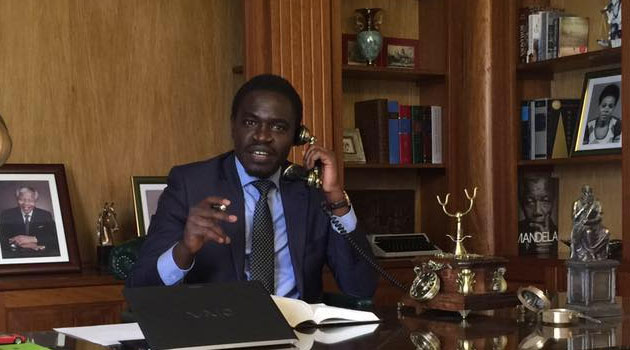In the realm of lottery games, there’s a common misconception that certain number combinations are “bad” or less likely to be drawn. However, in reality, all number combinations in a fair lottery have an equal chance of being drawn in each draw, regardless of past outcomes. Here are a few examples of so-called “bad” number combinations and why they are merely myths:
- Consecutive Numbers: Some people avoid selecting consecutive numbers like 1, 2, 3, 4, 5, believing they are less likely to be drawn. However, in a random draw, any sequence of numbers has the same probability of being selected.
- Sequential Patterns: Similarly, patterns like all even or all odd numbers, or selecting numbers in a diagonal line on the ticket, are often avoided due to the belief that they are less likely to win. However, these patterns are as likely to occur as any other combination.
- Birthdays and Anniversaries: Many players choose numbers based on significant dates like birthdays, anniversaries, or other personal milestones. While these numbers may have sentimental value, they are not inherently more likely to win.
- “Unlucky” Numbers: In some cultures, certain numbers are considered unlucky, leading people to avoid selecting them. For example, the number 13 is often seen as unlucky in Western superstition. However, there is no statistical basis for these beliefs in the context of a fair lottery.
Ultimately, the outcome of a lottery draw is determined by random chance, and each number combination has an equal probability of being drawn. Lotteries operate under strict regulations to ensure fairness and randomness in the drawing process, debunking any notion of “bad” number combinations.




